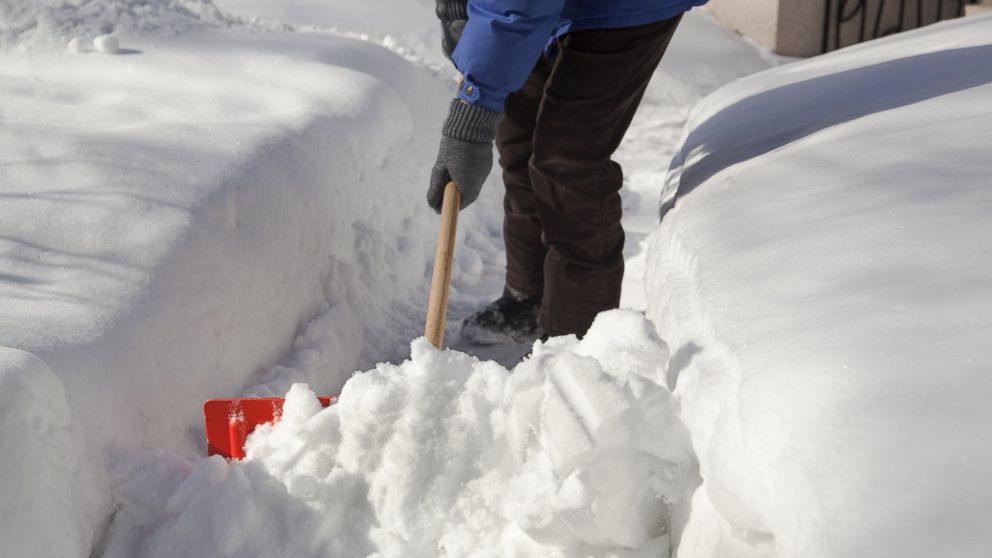Will Cooler-Than-Normal Summer in the East Mean Cold and Snowy Winter?
Looking at past patterns gives us clues to this winter's weather.

— -- It's been unusually cool summer for much of Eastern United States. Does this mean the upcoming winter season will be colder and snowier than normal? For clues, let's take a look at previous cool summers and how the following winter played out.
For example, Indianapolis averages 15 days per summer of 90 degrees, but through August 20 they had none. Last time this happened was in 2004 when Indianapolis had zero 90 degree days. The following winter was warmer than normal for the city.
Let's look at Washington, D.C., area for August 2014; at Dulles Airport and Baltimore-Washington International the first 15 days of August were the 3rd coolest on record. The coolest ever for both reporting locations was 1964; the following winter 1964-65 was near normal.
What about Chicago, which averages 14 or 15 days of 90 degrees and above? So far this summer only three days recorded temperatures at or above 90 at O'Hare International Airport (at the city's official weather observation station). Also, Chicago had below-normal July and August temperatures. Last time Chicago had a cool summer like that was in 2009 when June, July and August averaged below normal. The 2009-10 winter in the Windy City was colder than normal.
We also have to look at phenomena known as El Nino, warmer than normal ocean water along the equatorial eastern Pacific Ocean. Usually, El Nino means warmer than normal and slightly wetter than normal winter in the Midwest and the Northeast. National Oceanic and Atmospheric Administration (NOAA), is forecasting El Nino to develop this winter.
NOAA says; "In summary, we continue to favor the emergence of El Niño in the coming months, with the peak chance of emergence around 65% (i.e. there is a 35% chance of El Niño not occurring). ENSO forecasters do not expect a strong El Niño (we can't eliminate the chance of one either), but we are not expecting El Niño to "fizzle." In fact, just in the last week, we have started to see westerly wind anomalies pick up near the Date Line. Literally and figuratively, we may be witnessing the start of ENSO's second wind."
With that said, looking back at warmer than normal winter 2004-05 in Indianapolis, El Nino was present. In Washington, D.C. area, winter 1964-65 was near normal and there was no El Nino. But in Chicago, 2009-2010 was a cooler than normal winter and had a moderate El Nino.
Each year is unique and many variables could alter the winter forecast in either direction. In the recent years, weather patterns have been slower to move, due to weaker jet stream and lesser temperature contrast between the Arctic and the mid-latitudes. Once you are stuck in one pattern, warm or cold, it seems to continue for months, in some cases even a full year.
So far this year, we have been stuck in colder than normal weather pattern in the eastern United States and warmer than normal weather in the West. We would need a significant pattern shift to change the current set up. El Nino could be that trigger mechanism but it would need to be a strong El Nino in order to affect the world weather pattern. With NOAA's Climate Prediction Center not forecasting a strong El Nino we could wind up with early fall and colder than normal winter for the Northeast and Midwest.




